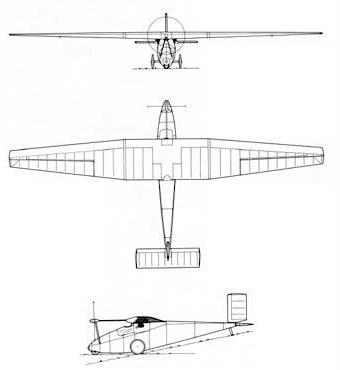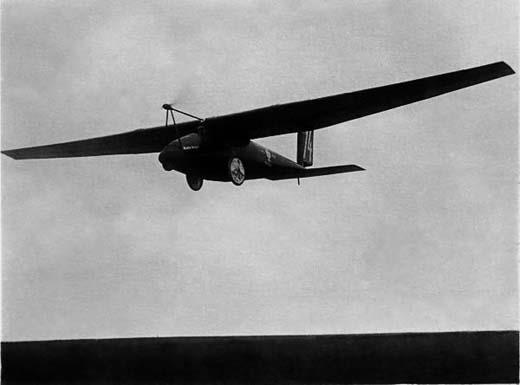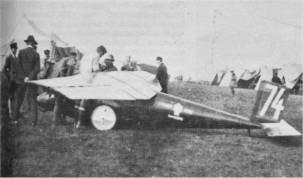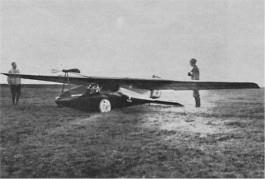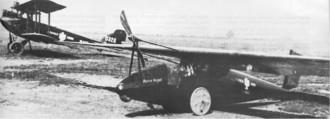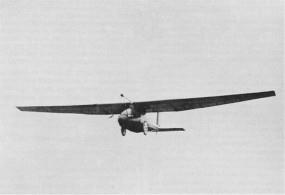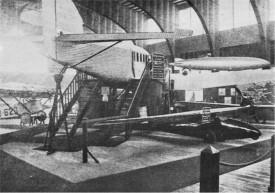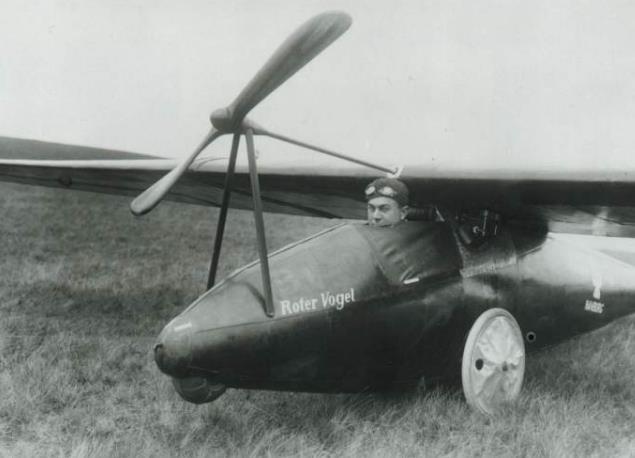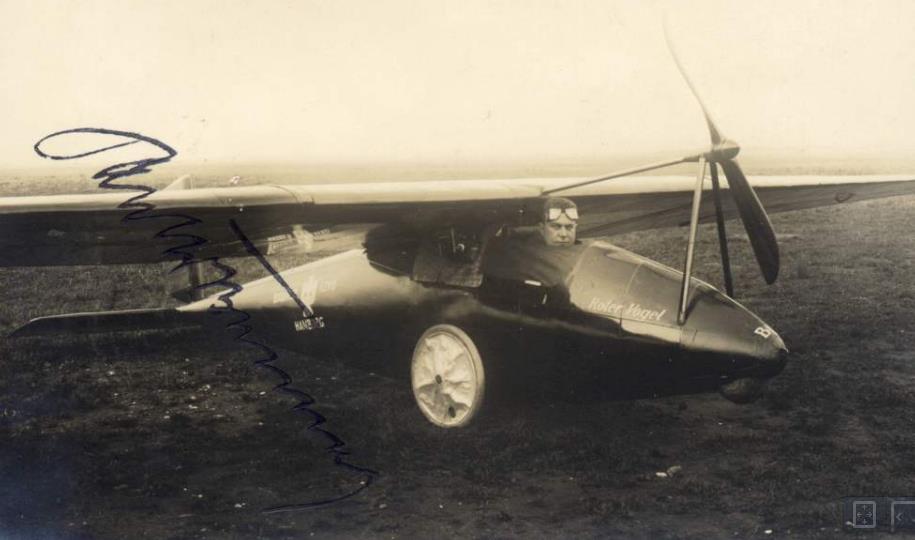| Type | Single seat |
| Engine | 1 Douglas motorcycle engine 346 cm3 driving through a 1 m shaft a 2-bladed wooden propeller Ø 1.25 m. Fuel 27 l, fuel consumption 3.5 l/h |
| Dimensions | Length 5,27 m , height , span 10,0 m , wing area 10,0 m2, aspect rati 10,0 , |
| Weights | Empty 125 kg, loaded 235 kg , max. take off weight |
| Performance | Max.. speed 115 km/h, cruising speed 125 km/h , service ceiling 3000 m , climb to 1000 m 24 min, landing speed 55 km/h |
| Type | Werk.Nr | Registration | History |
| Rote Vogel I | Completed in the second week of August 1924. A first start attempt on the evening of 14.8. had to be aborted prematurely because the machine was not properly balanced. After using the elevator with 5 kg of lead, the first flight could take place on August 15th. Bäumer held the machine during the take-off intentionally long on the ground and only took off after 200 m. The B I climbed faster than expected and showed good all-round flight characteristics. It proved very stable and could be flown with the stick released, although that tail unit had no damping surfaces (fins). The first test flight lasted 15 minutes, the altitude reached was 150 m. On landing, the undercarriage, which was too lightly built, broke, fortunately without the pilot or airframe being damaged. On December 29, 1924, broke during the start of a record flight |
||
| Rote Vogel II | Was completed in April/May 1926 and immediately loaded by train to Düsseldorf. there from May to October 1926 took part in the GESOLEI (Exhibition for Health Care, Social Welfare and Physical Education).After returning from the GESOLEI, major repairs to the cell of the "Red Bird" were required, which lasted until in December. The first test flight took place in Fuhlsbüttel on December 15, 1926, with Paul Bäumer at the controls. In the second half of 1927, the flight station of the research institute of the Rhön-Rossitten-Gesellschaft (later DFS, German research institute for gliding) used it successfully for scientific research ascents. In 1928 the Bäumer motor glider unfortunately had to be put out of operation because parts of the airframe were age-related material fatigue no longer corresponded to the strength specifications. A general overhaul was nt worthwhile |
